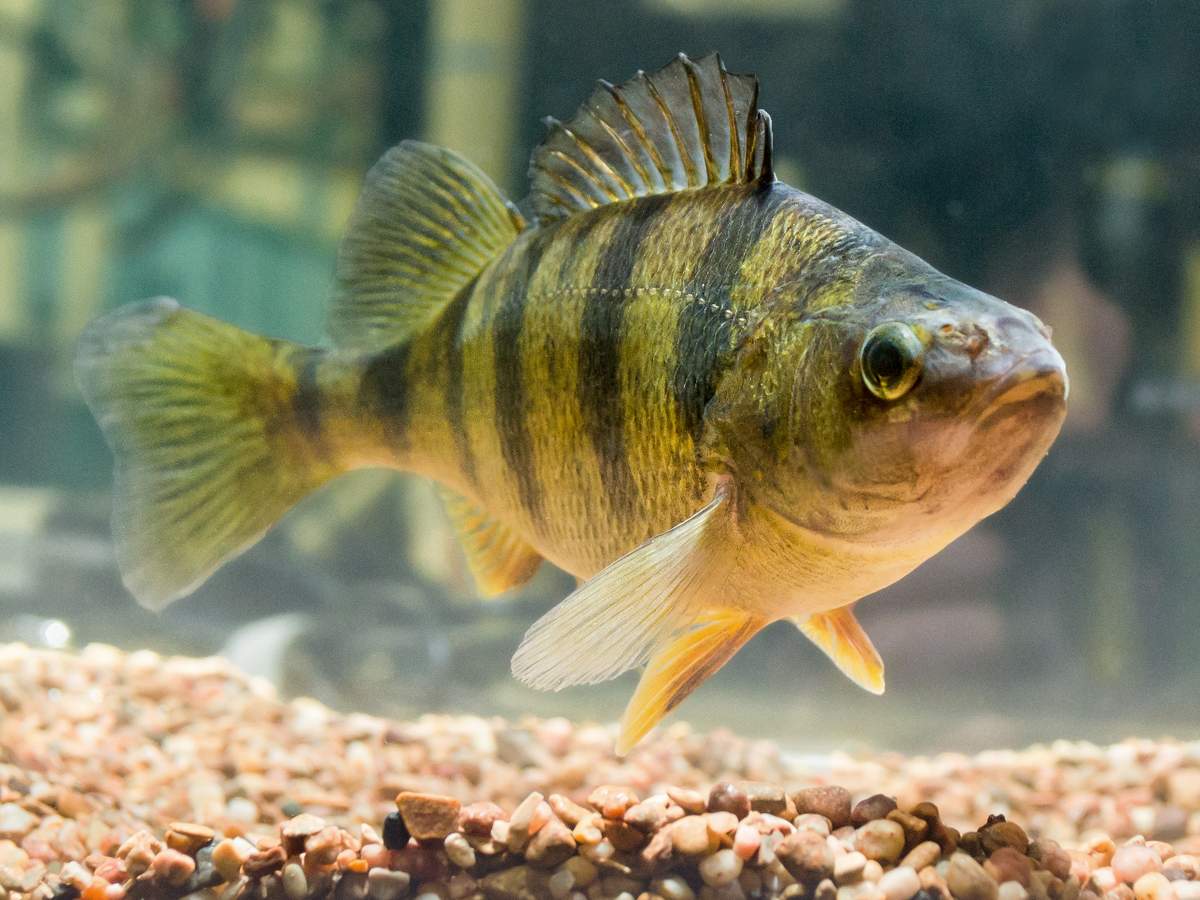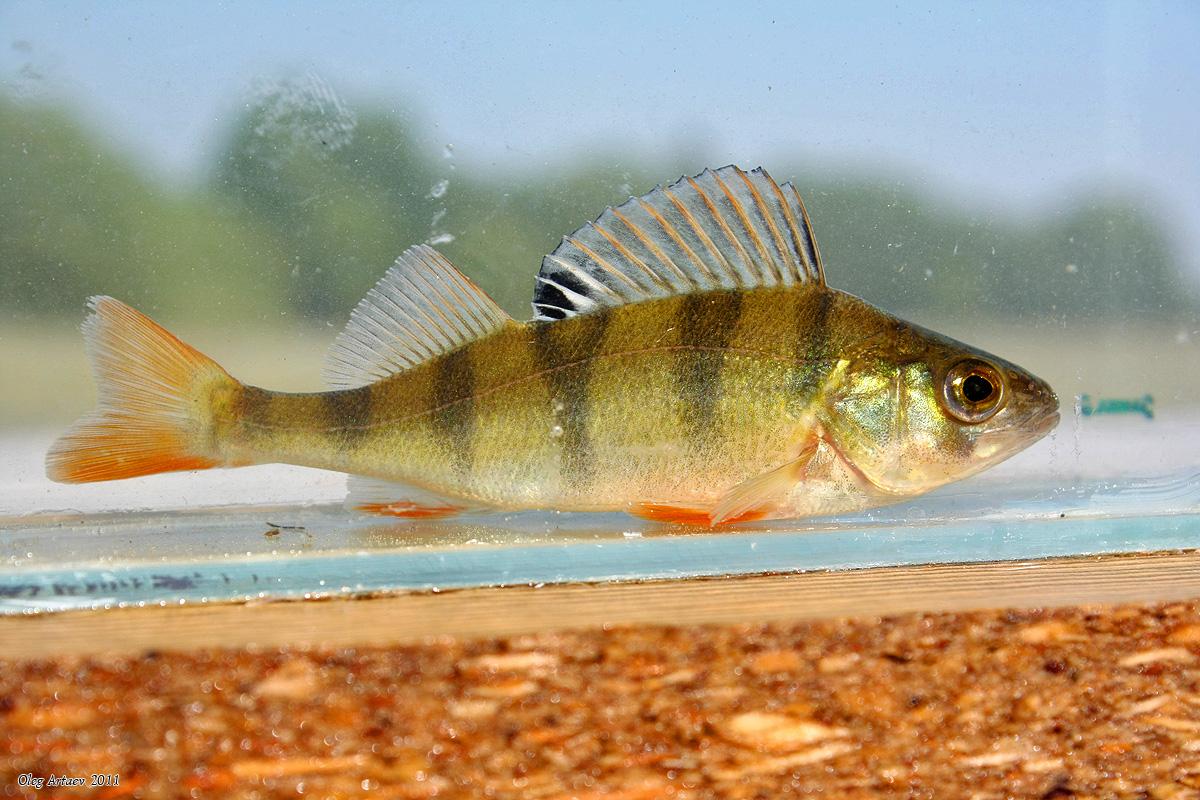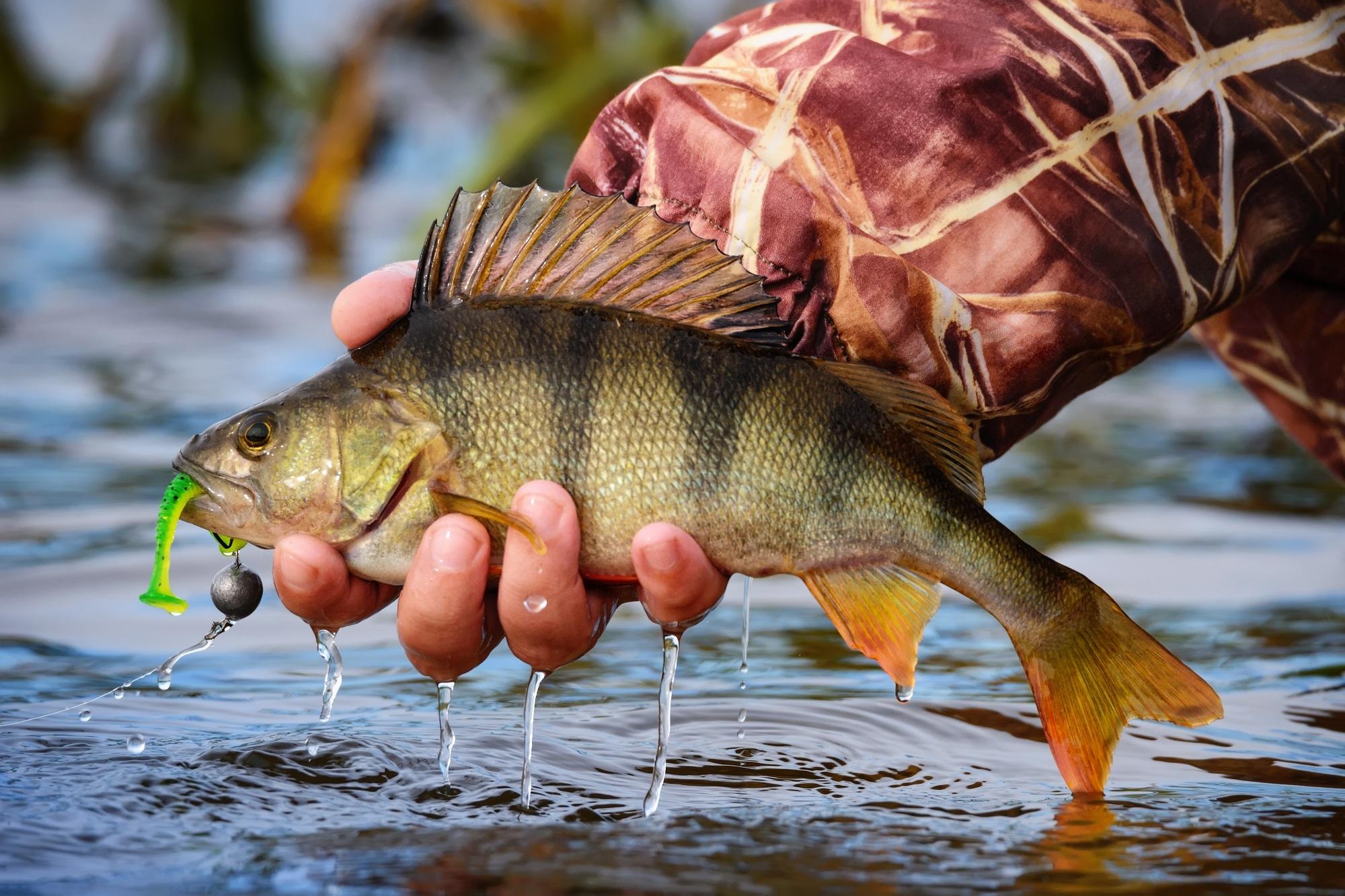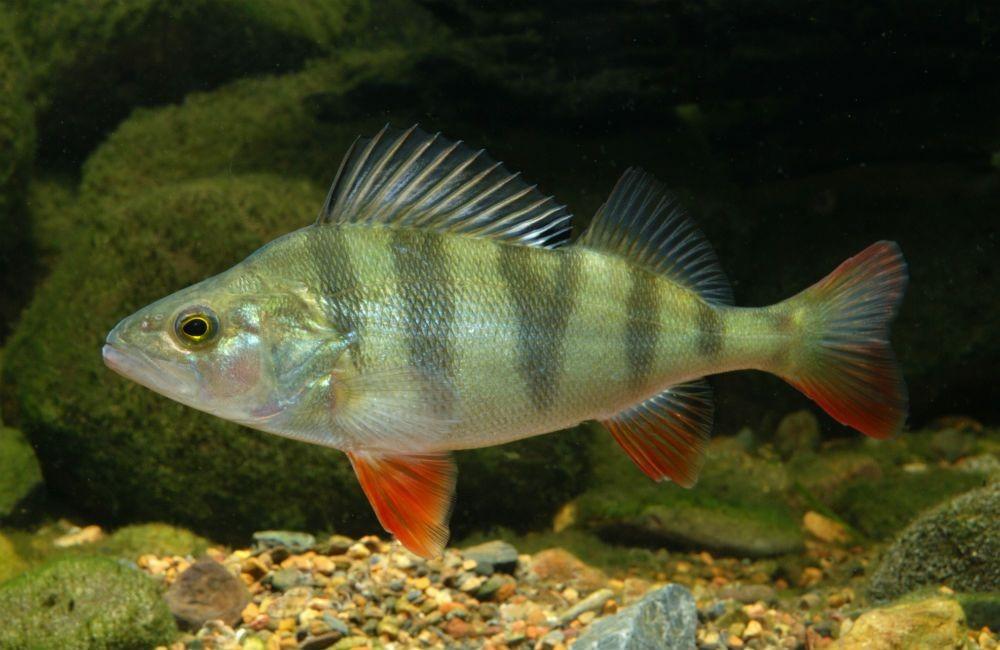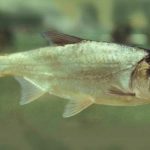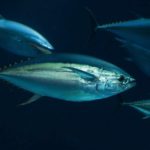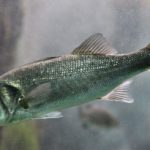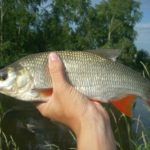The Latin term for the family of fish to which perch belongs is Perca. It is a predator that is found in lakes, rivers and seas, and surprisingly, it is omnivorous. This type of fish is not difficult to catch, but is still appreciated by fishermen when they manage to catch a large specimen. Its meat tastes good and is healthy; Finns and Italians often use it in their national cuisine to prepare delicious dishes. All these facts apply to river perch.
What kind of fish is this
Although perch can live in both fresh and salt water, the common perch (or river perch) and sea bass are two different species of fish. The three most typical species of freshwater perch, which look approximately the same, but differ only in habitat:
- common perch, found in Europe and Asia;
- Balkhan, living only in the rivers of Kazakhstan;
- yellow, found in freshwater environments in North America.
As a rule, perches live in shallow waters with an abundance of algae, where it is easier to find prey. Larger specimens tend to be found at greater depths; they have been spotted at depths of up to 40 meters. Although biologists classify perch as a predatory fish, the species can consume a variety of food sources, including tadpoles, eggs of other fish species, insects, worms, crustaceans and small fish. Large perches even feed on crayfish.
The distinctive features of the perch are its long, slightly flattened body, which is abundantly covered with scales, and fins with sharp spines. The color of these fish usually varies from greenish-yellow to bluish-red on the upper fin and greenish on the dorsal fin, with the rest being red. These shades may vary depending on where they live.
The average fish usually weighs between one and a half kilograms and does not exceed 40 cm in length. However, there were heavier specimens - from 2-3, even four kilograms. Such large fish do not increase in length, but rather become thicker and taller, thereby earning the name "humpback".
Perch are a species of fish that are quite easy to catch due to the fact that they live in large groups.Young perch form even larger schools, with females laying 250-300 thousand eggs, 230-260 g each, or even more than a million. However, unfortunately, most of these eggs do not survive and do not develop into fry.
By summer, the fry emerge from the eggs, and when they reach a length of 1.9-3.2 cm, they begin to hunt other fry. For this reason, Perca can pose a serious danger to other creatures living in the reservoir (they consume eggs and fry of trout, carp, pike perch and bream).
Chemical composition
River perch is a nutritious but dietary meat. A 100-gram fillet contains up to 90 kcal and only one gram of fat, and the protein content is about 20 grams. However, if it is fried or smoked, the calorie content will be slightly higher due to the added fat. Like other fish, river perch contains Omega-3 fatty acids, but it should be noted that wild specimens contain almost three times more of this beneficial substance than fish raised in ponds.
100 grams of fillet contains:
- Vitamin B12: 2 mcg.
- Vitamin B6: 0.3 mg.
- Vitamin D: 1.7 mcg.
- Vitamin E: 0.2 mg.
- Vitamin K: 0.1 mcg.
- Niacin: 4.1 mg.
- Riboflavin: 0.1 mg.
- Thiamine: 0.1 mg.
- Folate: 5 mcg.
- Iron: 0.5 mg.
- Potassium: 350 mg.
- Calcium: 12 mg.
- Magnesium: 30 mg.
- Phosphorus: 200 mg.
- Iodine: 19 mcg.
- Selenium: 15 mcg.
- Zinc: 0.5 mg.
Beneficial features
The benefits of eating perch are determined by the habitat of the fish and the composition of its meat, which, as is known, contains a lot of useful elements.
a number of beneficial properties due to which it is recommended to be included in the diet:
- Protein: Perch meat contains significant amounts of protein, an important element for the construction and repair of body tissue.
- Omega-3 fatty acids: Grouper is a good source of Omega-3 fatty acids, which help improve cardiovascular health, improve brain function and help reduce inflammation.
- Vitamins: Contains vitamins B12, B6, A, E and D, which are important for maintaining healthy bones, vision, nervous system and immune system.
- Minerals: Perch contains magnesium, potassium, iron, phosphorus and zinc, which are essential for the proper functioning of the body.
- Low fat content: Perch meat has a low fat content, which makes it a healthy product for people watching their weight and health.
- Antioxidants: Perch meat contains antioxidants that help protect the body from free radicals and prevent the development of certain diseases.
However, do not forget that the beneficial properties of perch meat can be reduced if improperly processed and cooked, so it is important to monitor how you prepare this fish.
Who shouldn't eat fish?
It may seem strange, but there are some people who may be negatively affected by consuming lake bass. People with gout, urolithiasis, urinary tract inflammation and kidney dysfunction should avoid eating this type of fish.
In addition, in rare cases, a person has an individual intolerance to this type of seafood.
Application of perch
Perch fillet is a type of tender white meat with an attractive taste. It is often used in dishes of Slavic and northern cultures; mentions of it date back to ancient times.Its versatility and medium size allow it to be prepared in a variety of ways, such as frying, boiling, baking, stewing, stuffing or drying, and even used as a pie filling.
In addition, its meat can be canned and frozen (at a temperature of minus 18 degrees Celsius, it retains its taste for up to three months).
It is believed that perch makes the perfect soup. Both large and small fish are used to prepare this dish. Larger specimens are simmered in a small amount of broth, and mushrooms, cucumber pickle, spices and white wine can enhance the flavor of the fish. Even the smallest carcasses can be used to make soup. To do this, the gutted carcasses should be placed in cheesecloth and added to a pan of water. After it is cooked, the boiled fish should be thrown away.
An alternative way to prepare perch is hot smoking. The most delicious fish is smoked without any spices, on wood taken from fruit trees, and such a product can be stored for up to 3 days. When frying, carcasses are usually seasoned with salt, aromatic herbs and pepper to obtain a crispy crust. The fillets are dipped in batter and fried in plenty of oil, although care must be taken not to overcook them as this can create toxins.
Recommendations
You should not avoid buying perch meat because of its needle-like fins and dense scales. According to the description, this fish turns out to be very tasty and healthy if cooked correctly. The main thing is to choose a high-quality carcass and clean it thoroughly.
By cleaning
Cleaning a member of the Perca family is very simple. You should start by cleaning the fish from the insides, and then cut off its fins with sharp scissors. Then quickly plunge it into boiling water for no more than two seconds. This will make it easier to get rid of the scales without removing too much skin. It is important to be careful not to overdo it and remove the scales along with the skin.
There are several life hacks that can make cleaning a bass carcass easier:
- Use sharp knives. Sharp knives make the process faster and more precise, and help avoid damaging the meat.
- Use tweezers to remove bones. The small bones in perch can be difficult to remove with a knife, so using tweezers can make the process easier.
- First remove the head and tail. Removing the head and tail first can make the process more convenient and help you focus on cleaning the fish's body.
- Use your hands. Some people prefer to use their hands instead of knives to remove fish scales and entrails.
- Freeze the carcass a little. Freezing the carcass briefly can make the process easier and prevent damage to the meat during cleaning.
- Place the carcass in newsprint. Newsprint can help hold the carcass in place and prevent it from sliding around during cleaning.
- Cover the carcass with table salt and leave it overnight - by morning the scales will come off much easier.
- Use a spoon to remove the entrails.A spoon can be useful for removing the entrails from a grouper carcass.
By choice of perch
When choosing frozen fillets, you should consider the same criteria as when choosing any other fish. First you need to check that the amount of ice does not exceed 5%, according to standard requirements; otherwise a layer of frozen water will be visible. In addition, it makes sense to study the weight of the product. If it is unusually light, it may have been in the freezer for too long.
The label will give you an idea of whether the fillet contains bones or not. The abbreviation PBO means that the fish is boneless, and PBI indicates the presence of small bones. Additionally, if excessive amounts of liquid and white foam are released during cooking, this may indicate that the fish has been treated with polyphosphates.
Popular recipes
Perch is a very healthy food. According to experienced fishermen, it is easy to create culinary masterpieces from it. Here are simple recipes to get you started.
Salted perch
The classic recipe for salting fillets is simple.
Ingredients:
- 500 grams of perch fillet;
- 1/4 cup salt;
- 1/4 cup sugar;
- 1 liter of water;
- spices to your taste (peppercorns, bay leaf).
Instructions:
- Mix salt and sugar in a large bowl of water until completely dissolved.
- Add spices to taste and stir.
- Cut the fillet into pieces, approximately 2-3 cm wide and 10-15 cm long.
- Immerse the fillet pieces in the salt and sugar solution, making sure they are completely covered with liquid.
- Leave the fish in the refrigerator for 12-24 hours, periodically turning the pieces of fish so that they are evenly saturated with the solution.
- After 12-24 hours, remove the fillets.
Braised perch
Ingredients for preparing perch stewed in the oven with basil, tomatoes and ginger:
- 2 perch carcasses.
- 1 large tomato.
- 1 fresh ginger.
- 1 bunch of basil.
- 1 lemon.
- Salt and pepper to taste.
- 2 tablespoons olive oil.
Instructions:
- Preheat the oven to 180 degrees.
- Wash the perch carcasses, remove the entrails and rinse thoroughly from the inside.
- Cut the tomato into cubes, ginger into small pieces, finely chop the basil.
- Place the carcasses on a baking sheet, salt and pepper the inside.
- Stuff each carcass with chopped tomatoes, ginger and basil.
- Mix olive oil with lemon juice and rub the mixture over each carcass.
- Place the pan with the perches in the oven and bake for 25-30 minutes.
When the snapper is ready, carefully remove from the oven and serve garnished with fresh basil and lemon wedges.


